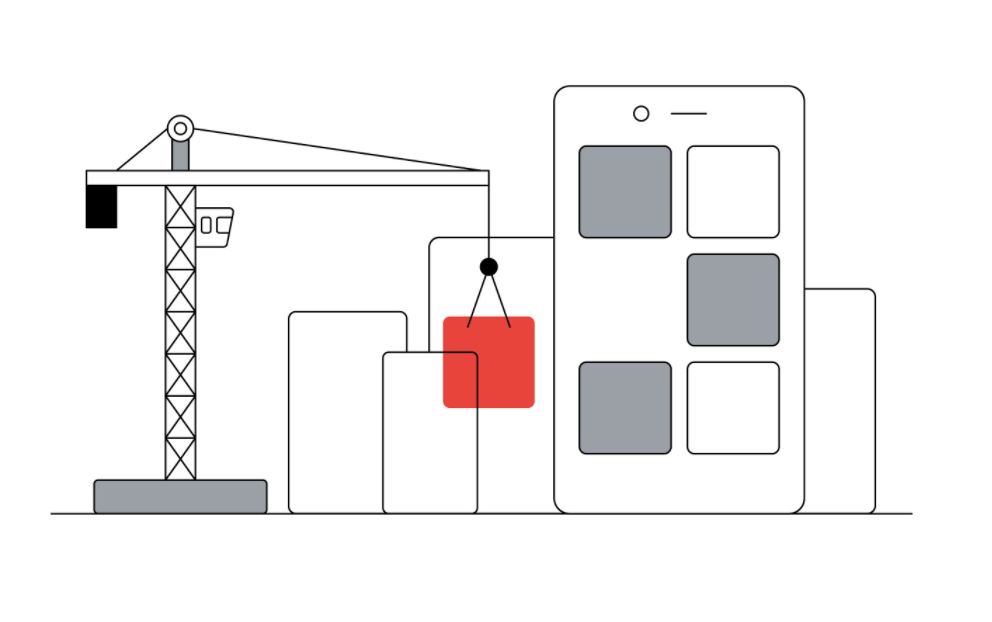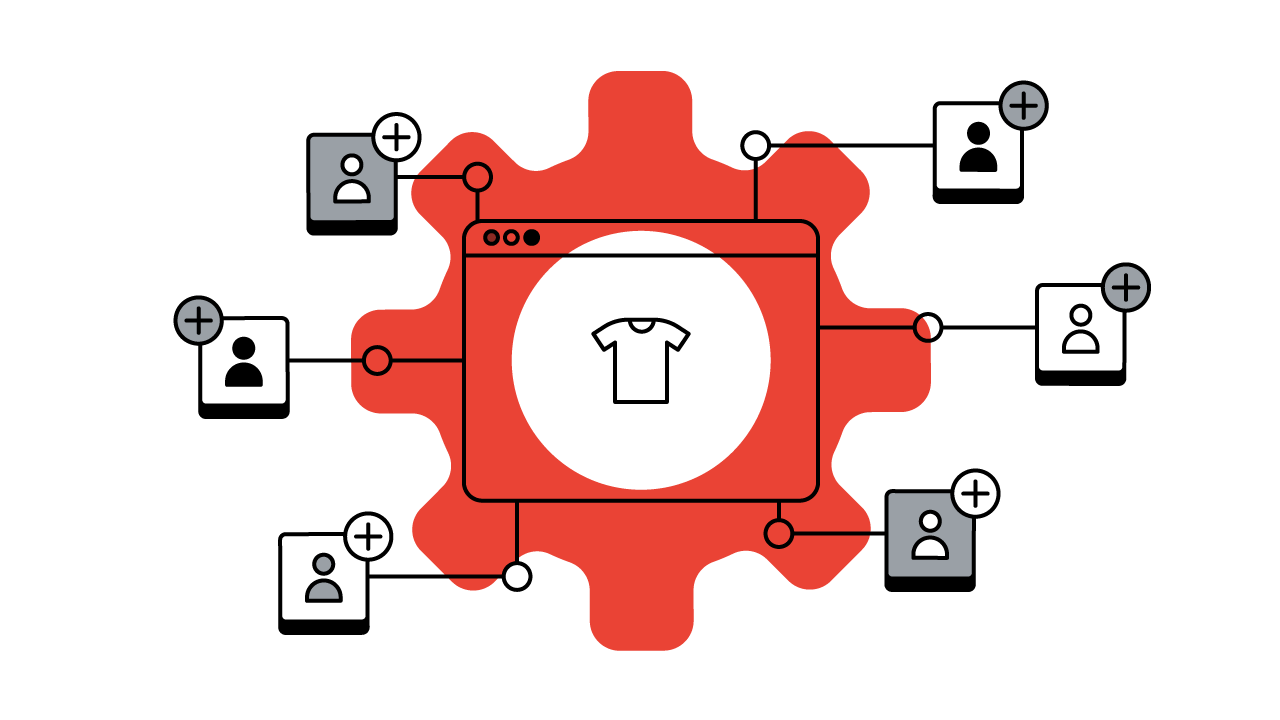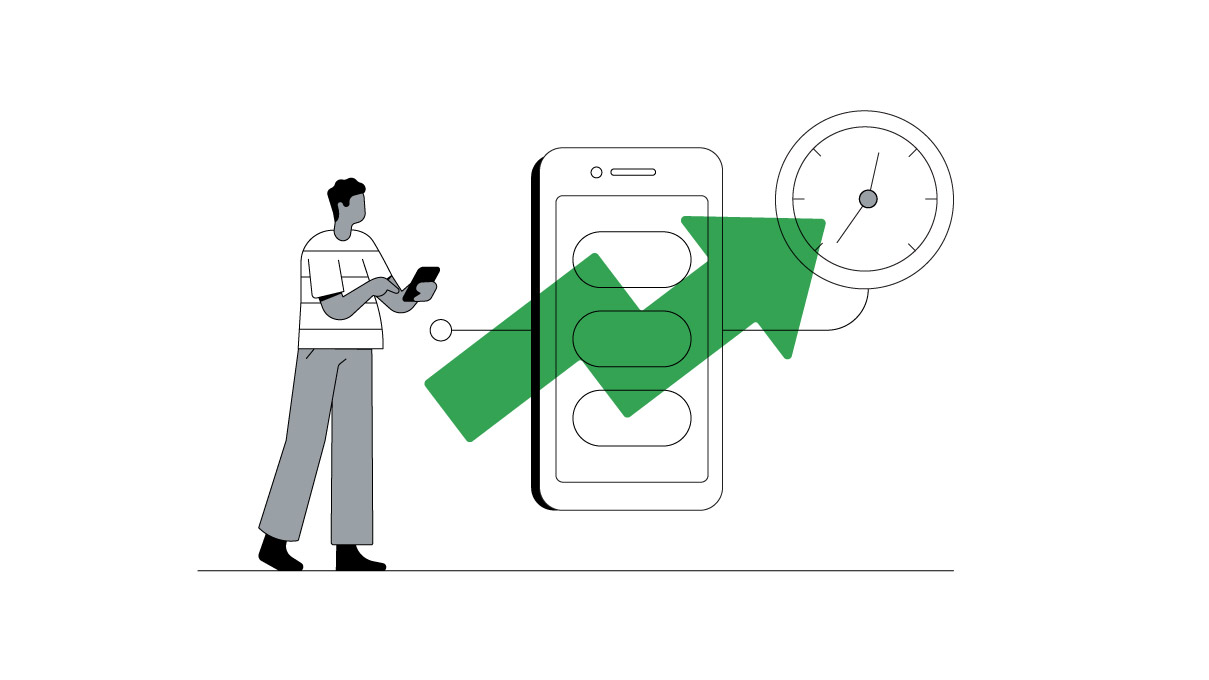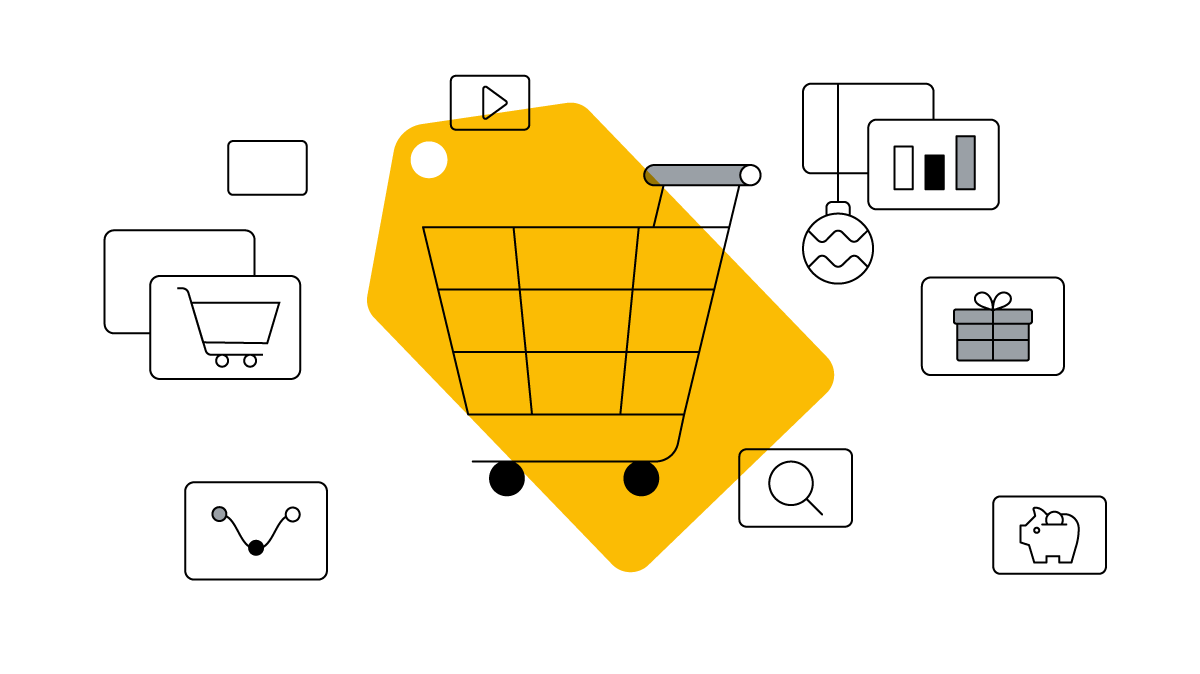Scott Dunlap, VP of mobile at Adidas and CEO of the company’s sport apps division of Runtastic, shares three ways the fitness brand established a close relationship with its most dedicated customers by investing in its apps.
Around this time of year, many people who download fitness apps are hoping for a little extra help with keeping their New Year’s resolutions. But that’s not all they’re looking for.
Like many large retailers, our customers have increasingly turned to mobile during the pandemic to browse, buy, and connect. At Adidas, our apps have been a central strategy for fostering relationships with our most loyal customers, or premium members, over time. In fact, when it comes to converting and engaging loyal users, apps win by a factor of three.
Having a strong foundation in mobile allowed us to gather valuable insights quickly and respond to them in real time.
So when our app downloads surged during global lockdowns, we knew it was important to make the experience as personalised as possible for these dedicated customers. We created fitness challenges that gave access to hundreds of free training plans, optimised the customer experience to provide our members with contactless in-store experiences, and created all-new, unique member-only experiences.
As a result, both our commercial and sport apps lifted our brand equity to a point we haven’t seen in 60 years. But this didn’t happen overnight. Growing brand loyalty in a mobile-first world is not easy. Having a strong foundation in mobile allowed us to gather valuable insights quickly and respond to them in real time.
Here are some valuable app lessons we learned along the way.
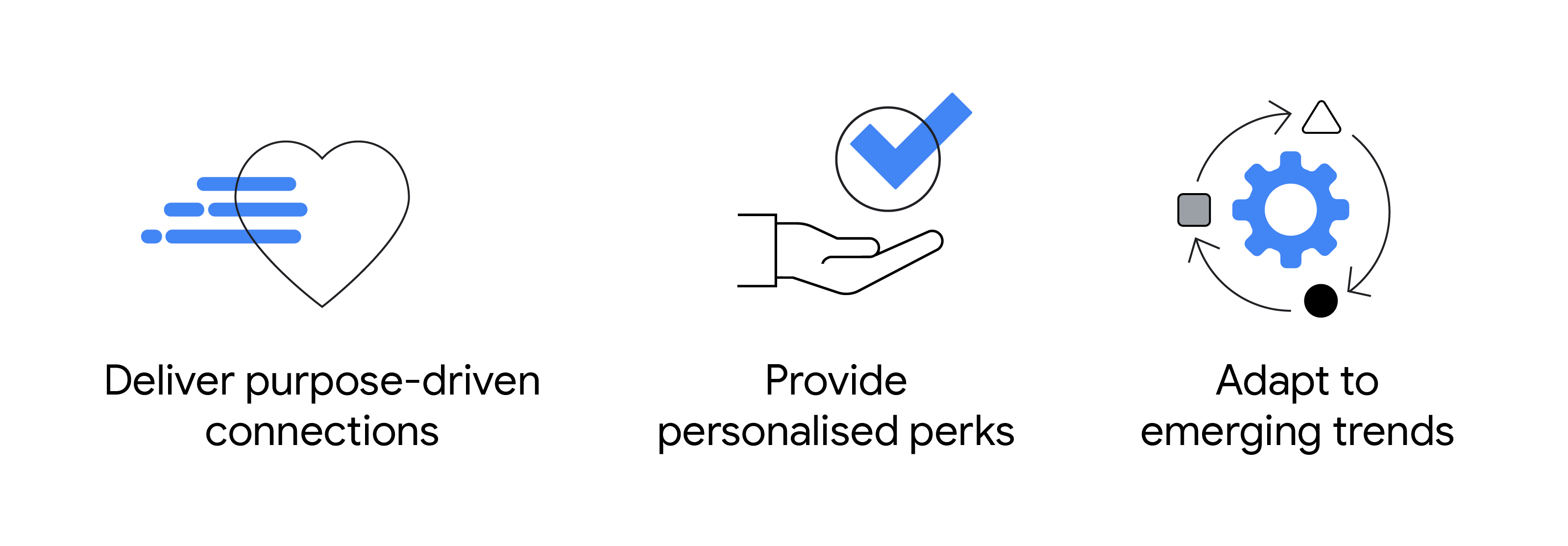
Deliver purpose-driven connections
At the start of the pandemic, we realised that users weren’t just using our apps to stay fit or entertain themselves; they were looking for deep motivation and connection. So in May we launched the Hometeam Hero Challenge. For each minute our users worked out, we donated $1 to the World Health Organization in support of health workers and researchers battling the pandemic.
What happened next shocked us. Demand rose by 240% year-over-year for our Runtastic training app; it even grew by 600% in one day. In one week, our users raised $1M for pandemic relief. It was clear to us that people wanted more from the app than just another way to work out. They wanted to be connected to a greater purpose.

Provide personalised perks
Now more than ever, people who download our app are tapping into our unique membership program, the Creator’s Club. It's the only membership program where you can level up by purchasing — or sweating. Every kilometer you walk or run, or every minute you exercise in a workout levels you up as well.
To invest in your most loyal customers, take the time to get to know them and what they need.
Without the incentives that worked best before the pandemic, we needed new ways to reward our millions of premium members. To deliver delightful and engaging new experiences, we invested in virtual events and personalised in-store service. We also introduced by-appointment browsing and contactless purchase options as added benefits.
To invest in your most loyal customers, take the time to get to know them and what they need. Because we listened to our own premium customer base, we understood that only a seamless and convenient app experience would keep them motivated and engaged.
Adapt to emerging trends
E-commerce is changing each day as expectations rise. People want brands to be there for them with quick and easy ways to shop, browse, and stay connected in an increasingly contactless environment. Apps give us the runway to innovate and keep our loyal customers engaged. Now people can see what a shoe looks like using augmented reality or put themselves first in line to purchase a new product by completing a fitness challenge.
Apps give us the runway to innovate and keep our loyal customers engaged.
But as valuable as our app is for our loyal customers, these changes took time. Our leaders committed to mobile over a period of years, not only by acquiring successful training apps, like Runtastic, but by fine-tuning our ability to deliver personalised content to loyal members. We urged our teams to keep asking the question: How can we leverage our apps to deliver on rapidly evolving consumer needs at every customer touchpoint? The more experiences we provide, the more opportunities we have to learn and, in turn, delight.
